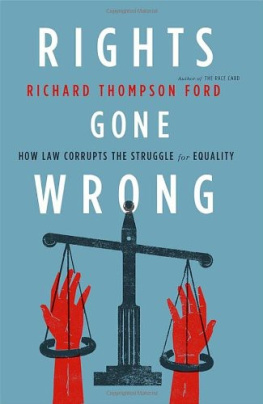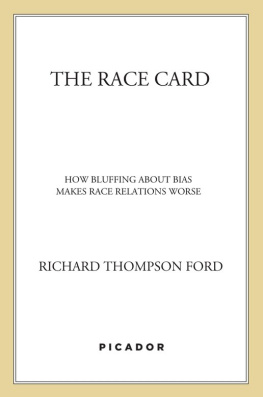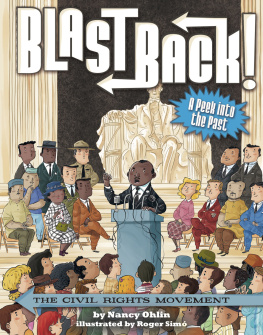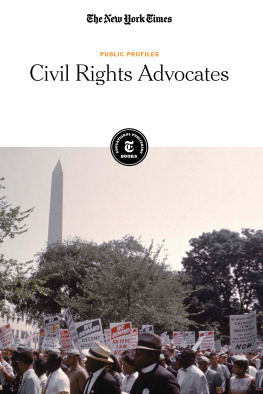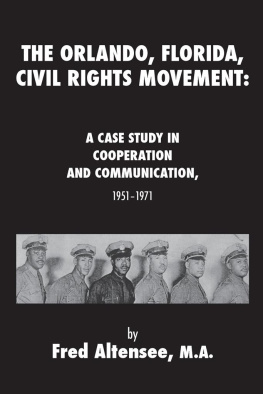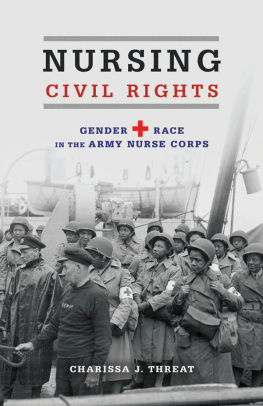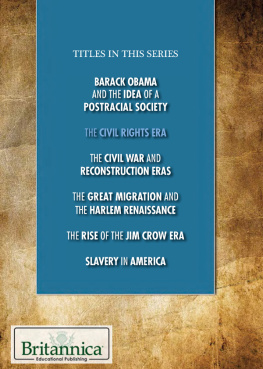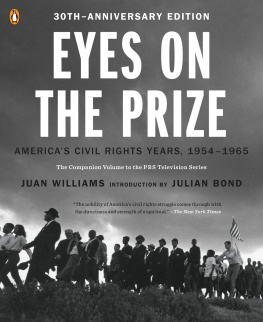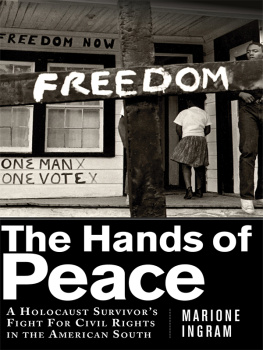
For Eloise Berit Ella Ford
Contents
Introduction
This is the beginning of the twenty-first centurys civil rights movement, intoned the Reverend Al Sharpton, addressing a crowd of over twenty thousand people. Weve gone from plantations to penitentiaries they have tried to create a criminal justice system that targets our young black men Were going to change the federal laws Were going to the nations capital, just like Dr. King did a generation ago. But right then they were in Jena, Louisiana: population three thousand on a typical day; population twenty-three thousand, including the Reverends Al Sharpton and Jesse Jackson and the California congresswoman Maxine Waters, on September 20, 2007.
The extra twenty thousand had arrived to protest the criminal charges brought against six black high school students who had been dubbed the Jena Six. According to the account widely circulated on blogs, websites, chain e-mails, and text messages, and finally picked up by the BBC and the Chicago Tribune , the town of Jena was a redneck paradise stuck in the Jim Crow era, where white students had established a White Tree under which no black student at the towns only high school dared sit. The black students, consigned to nearby bleachers during school breaks, silently fumed until one brave student, new to town and innocent of the depth of Jenas racism, asked at a school assembly whether he could sit under the White Tree. The school principal warily answered that every student was free to sit wherever he liked.
The next day three nooses hung from the White Tree, meant to illustrate the only way a black student would be allowed under its branches. Racial tensions went from simmering resentment to a rapid boil as whites threatened black students with improvised weapons at parties and once with a rifle in a parking lot. District Attorney Reed Walters addressed the students at Jena High School and threatened, With the stroke of a pen I can make your life miserable, staring pointedly at the black students. Meanwhile, the whites responsible for these altercations suffered slapped wrists at the most. Jenas racial cauldron boiled over when a white student, Justin Barker, directed a racial insult to the group of black students who would become the Jena Sixtalented football players with promising futures. One of the students snapped and attacked Barker; the others joined in or watched. Barker was knocked unconscious, but walked out of the hospital hours later with minor injuries and went to a party that evening. This time, law enforcement responded, not with slaps to the wrists, but with arrests and ultimately an attempted-murder charge. Prosecutor Walters charged Mychal Bell, who would become the public face of the Jena Six, as an adult: if convicted, he would spend much of his adult life behind bars.
The legend of the Jena Six was told and retold in instant messages tapped into BlackBerrys and iPhones on the fly, through bulk e-mail and hastily written blogs, each telling a bit more dramatic than the last. The story seemed straight out of historyor straight out of Hollywoodwith its handsome and heroic black football- hero victims, its white rednecks seething with venom and hate, and the power-mad and racist prosecutor who needed only a Boss Hogg white suit and string tie from the costume department to complete the image, flaunting his power before the honest and beleaguered Negroes of Jena: With the stroke of a pen I can make your life miserable, boy . It was the perfect rebirth of the civil rights strugglea stark rebuff to those who had, naively, claimed that race relations had improved in the decades since the Freedom Summers. For those who have been under the illusion that changes have occurred, this is a wake-up call, the Reverend Jesse Jackson told reporters.
But there was something a bit too dogged about this narrative and something slightly unseemly about the protests, as if people were almost excited to have an honest-to-goodness, genuine, unambiguous racial outrage, just like those they had read about in the history books: This is the first time something like this has happened for our generation You always heard about it from history books and relatives. This is a chance to experience it for ourselves, one college student who marched on Jena enthused.
The facts, however, refused to go retro: they were disconcertingly postmodernmultifaceted and ambiguous. The six young men who became the Jena Six werent beleaguered subalterns. They were minor celebritiesstar football players in a town that was obsessed with its high school football team. Football jerseys sold out at the local markets, town businesses sponsored the team, and townsfolkwhether or not they had kids in high schoolturned out in force for the Jena Giants games. Mychal Bell was repeatedly named player of the year by the local newspaper.
According to Jenas defenders, Bell was a serial recidivist who had taken advantage ofand would ultimately suffer because ofhis status as a local football hero and the leniency of the liberal juvenile justice system. Bell was the product of a broken home, with an absent father and a mother with a criminal arrest record. According to the African American sports columnist Jason Whitlock, Bells father reentered his sons life only after Bell faced attempted-murder charges. Before that, white people in the racist town of Jena provided Bell with the support and protected his football career long before Jesse [Jackson], Al [Sharpton], Bells father and others took an interest in Mychal Bell.
Shortly after the Jena Six rally, The Christian Science Monitor published a story written by a journalist from The Jena Times titled Media Myths About the Jena 6. The story directly contradicted almost every element of the Jena-Six-as-civil-rights-violation narrative. According to the article, there was no whites-only tree at Jena High School. Students of all races sat under the tree, and the black student who asked at a school assembly if he could sit under the White Tree was making a joke. The nooses were not a threat to black students; meant to be lassos, they were an unrelated prank directed at white members of the rodeo team. The students who hung them were guilty only of a baleful ignorance: they didnt know of the history of black lynching and were mortified when they learned how their prank had been interpreted. And they did not get off with a three-day suspension from school: they were sent to discipline court, where they underwent mental health evaluations, spent nine days in alternative school, and served two weeks of Saturday detention. Media Myths insisted that District Attorney Reed Walters did not threaten black students. His statement had been taken out of context. His comments were part of an address to the entire Jena High School student body. Walters decided to make a dramatic statement in order to get the attention of some students who were talking on their cell phones rather than listening. With the stroke of a pen I can make your life miserable, so I want you to call me before you do something stupid, Walters imploredless a threat than an admonishment that students turn to the law rather than to violence to resolve their conflicts.
A central complaint of the Jena Six protest was that law enforcement had treated blacks in Jena more harshly than whites. Every time the white people did something they dropped it, and every time the black people did something, they blew it out of proportion, insisted one protester. Media Myths sought to undermine this claim. A reportedly all-white party from which one of the Jena SixRobert Baileywas barred because of his race, leading to an altercation, was actually a racially mixed party to which Bailey had not been invited. A highly publicized attack with a shotgun, for which a white man was not charged, began, according to Media Myths, with an attack by Bailey and two other black students and ended when the lone white man ran to retrieve the shotgun from his truck in self-defense. Most damning of all, the altercation that led to the criminal charges against the Jena Six was not, as was widely reported, a school-yard tussle blown out of proportion by a racist prosecutor. It was an ambush in which the Jena Six had lain in wait for their victim; blocked his exit from the school auditorium; hit him from behind, knocking him out; and kicked him repeatedly as he lay unconscious on the floor.
Next page
